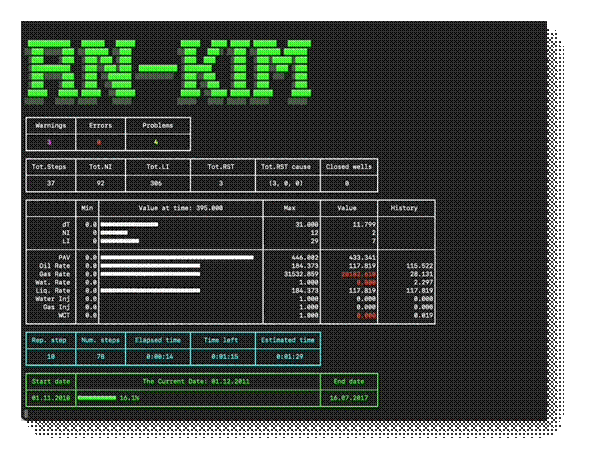In 2007, after passing independent tests, RN-KIM received the Gosstandart of Russia certificate of conformity, this was the beginning of Rosneft using its private hydrodynamic modeling software for preparation and protection of field development design documentation.

Hydrodynamic Simulator
Hydrodynamic simulator RN-KIM is designed to create, simulate and analyze three-dimensional digital oil and gas field models.



































